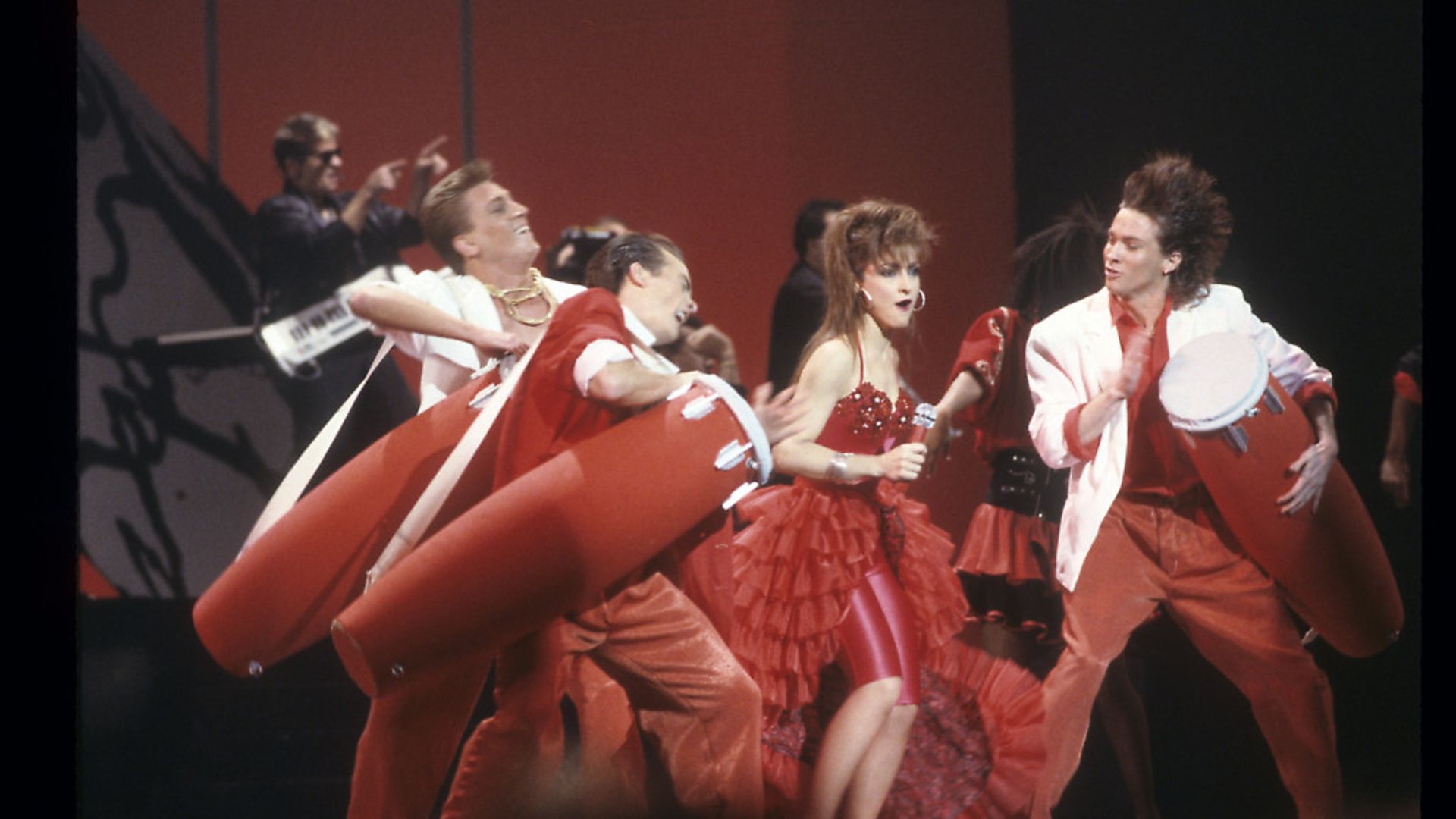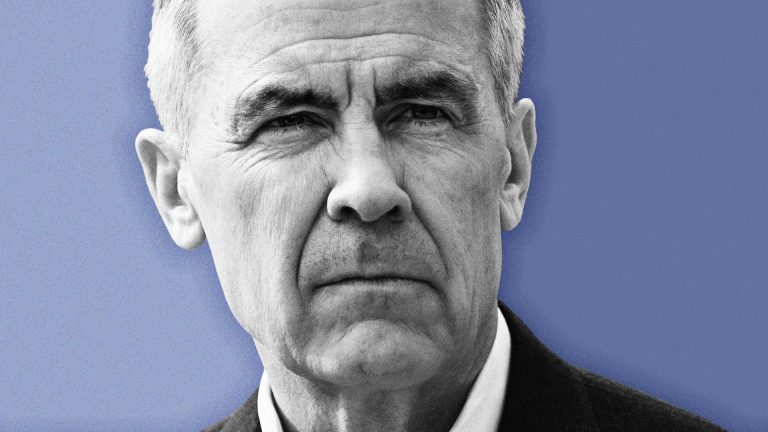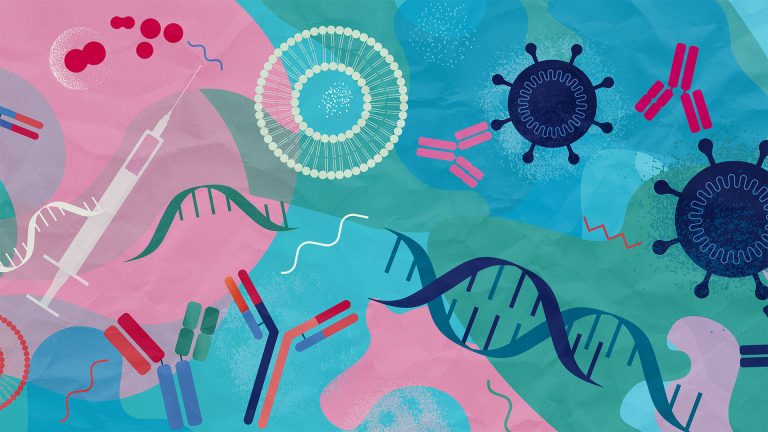
The Floridian city has a prolific record of producing boisterous, exuberant music. SOPHIA DEBOICK reports.
Miami is the party city without rival, and its music has rarely deviated from pure aural sunshine. But for all idyllic associations, its geographical location has meant it has faced directly into geo-political strife. In the 15 years after the 1959 Cuban Revolution some half a million Cuban exiles arrived in the city, and the 1970s saw Haitians fleeing the Duvalier dictatorship also arrive in their droves.
Today, Miami remains a place of contrasts, the gulf between its ultra-exclusive man-made private islands and poor immigrant neighbourhoods as great as that between the high-rise skyline and low-lying swamplands. But Miami’s incomers, which also includes those from across the Caribbean and Latin America, have brought with them their own sunshine sounds, making Miami the ultimate musical melting pot, and the city has also been both the recording location of all-time classic albums and the birthplace of new genres in the 1970s and 1980s.
When trumpeter Mack Emerman opened Criteria Studios on 149th Street in the north of Miami in 1958, a legendary recording venue was born, and in the 1970s it was where some equally legendary albums were made. Derek & the Dominos recorded Layla (1971) there amid a haze of narcotics (a commodity that was very easy to find in Miami at the time), the Eagles reached their peak with Hotel California (1976) in its Studio C, and Fleetwood Mac’s Rumours (1977) emerged from their sessions at Criteria which were thick with cocaine paranoia and intra-band acrimony.
Criteria’s long-running association with Atlantic Records not only resulted in albums like Eat a Peach (1972) from Floridians the Allman Brothers, but also meant the studios played a part in the emergence of one of the defining sounds of the decade. The Bee Gees’ Main Course was recorded at Criteria in 1975, marking their turn to disco, and the album was coloured by ‘the Miami Sound’ or ‘the Sound of Sunshine’ – a disco inflected by the musical cultures of Miami’s immigrant communities.
Jive Talkin’, You Should Be Dancing and Night Fever were all recorded at Criteria, putting Miami in the frame for the popularisation of disco into a white, mainstream pop form.
Pivotal to the ‘Miami sound’ was TK Records, the project of Henry Stone, a war veteran from the Bronx who had been wheeling and dealing on the Florida music scene since the late 1940s. Shortly after TK Records was founded in Hialeah, the industrial area west of central Miami, two music-mad twentysomethings in his employ came to Stone’s attention. Harry Wayne Casey worked in the packing department while student and bass player Richard Finch was a part-time recording engineer. Stone introduced them and a writing partnership began which saw its first major success in Rock Your Baby, a No.1 hit on both sides of the Atlantic in 1974 for Palm Beach’s George McCrae and one of the first disco chart-toppers.
But it was when Finch and Casey formed KC and the Sunshine Band with a clutch of TK Records’ studio musicians that major success beckoned, the multi-racial band injecting disco with a large dose of the local Latin-funk and achieving a string of No.1s, starting with the febrile and hedonistic Get Down Tonight, which topped the pop chart in the thrilling summer of 1975 when disco broke out of the clubs to become a major commercial force. But TK Records still retained an eye to the club scene, releasing more than 200 12-inch singles for the DJ market before the label’s demise, in step with disco, in the early 1980s.
But the sunshine sound of Miami hardly died with disco. As disco was breaking big, Cuban-born Emilio Estefan was a jobbing musician, fronting his wedding band, the Miami Latin Boys. It was indeed while performing at a wedding that he met Gloria Maria Milagrosa Fajardo, another Cuban émigré whose father had been a bodyguard to the wife of president Fulgencio Batista before the revolution had forced him to flee (he was one of the exiles who later participated in the Bay of Pigs Invasion). Gloria Fajardo was studying psychology and French at the University of Miami and working part-time as a translator at Miami International Airport when she met Emilio Estefan, and joined his band, soon rechristened the Miami Sound Machine. They married in 1978 and a whirlwind of joint success followed.
Between 1977 and 1984 Miami Sound Machine released seven Spanish language albums before the Anglophone Eyes of Innocence (1984) spawned the European hit Dr. Beat. The following year’s single Conga was their US breakthrough, and the band’s vibrant Latin pop also preserved the effervescent spirit of disco – a hybrid that was ‘Miami’ through and through. 1987’s Let It Loose – the first album to be credited to Gloria Estefan as a solo artist – established her as a pop diva who could handle huge ballads like Can’t Stay Away from You and Anything for You just as convincingly as the frenetic Latin beats of Rhythm Is Gonna Get You and 1-2-3.
The tempo did not decrease as Miami inched towards the 1990s and the notorious sound of Miami bass – a genre characterised by hissing cymbals, stop-start rhythms and lewd, often nakedly misogynistic lyrics (it was also referred to as ‘booty bass’ for a reason) – was born. Controversial rappers 2 Live Crew were the originators, their 1986 single Throw the ‘D’, which proclaimed ‘There’s a brand new dance and it’s comin’ your way/ It was started in Miami by the Ghetto Deejays’, the Alpha point for Miami bass, which soon spread from the city throughout Florida and into Georgia.
Miami bass fell foul of the authorities when Florida governor and a local sheriff sought a court ruling that 2 Live Crew’s admittedly deeply unpleasant LP As Nasty as They Wanna Be (1989) was obscene and therefore illegal to sell. The case ultimately ended up in the US Supreme Court and was a notable chapter in the history of music censorship, coming not long after Tipper Gore’s infamous Parents Music Resource Center Senate hearings and the birth of the ‘Parental Advisory’ sticker.
The publicity ultimately saw As Nasty as They Wanna Be sell two million copies and the follow up LP Banned in the U.S.A. (1990) cashed in on the controversy. The title track was a Top 20 hit.
Miami bass continued its success on the 1990s charts with Vanilla Ice, who was raised in the city, becoming an overnight success with the international smash Ice Ice Baby.
The lyrics referenced the genre directly: ‘Miami’s on the scene… My town, that created all the bass sound.’ Later, 95 South’s Whoot! There It Is (1993) climbed to No.11, and while Miami bass was ultimately overshadowed by the gods of gangster rap and was seen as lacking credibility in comparison, it was for a short while an unlikely commercial force.
Big summer hits that came out of Miami in the 1990s like the Bayside Boys’ remix of Los del Río’s Macarena, the biggest single of 1996, and Enrique Iglesias’ Latin pop smash Bailamos (1999) continued its reputation for up-tempo pop and sunshine sounds. Today it is megastar rapper Pitbull, who has sold millions of records since his 2004 debut LP M.I.A.M.I., who carries the torch for Miami’s boisterous exuberance.











